
If your Canon printer won’t print +1-801-878-6858, verify the printer is powered on and connected correctly. Check for paper jams, low ink, or error messages. Ensure it’s set as the default printer and not paused. Updating or reinstalling drivers can also resolve software-related issues preventing your Canon printer from printing.
Click Here For LIVE Chat With Canon Printer Support
Common reasons why your Canon printer might not be printing +1-801-878-, and many of them have simple solutions. This comprehensive guide will help you troubleshoot and resolve issues to get your Canon printer up and running again.
1. Check Basic Printer Status
Before diving into more technical solutions, start with the basics to ensure that your printer is in working condition.
Ensure Printer is Powered On
It may sound simple, but first, make sure that your printer is powered on. Check the power cable and ensure that it’s securely connected to the wall outlet.
If the printer is unresponsive, try unplugging it for 30 seconds and plugging it back in. This can reset minor glitches.
Check Paper and Ink Levels
Another basic step is to check that your printer has paper loaded and that the paper tray is properly aligned.
Also, check your ink or toner levels. If the ink cartridges are empty or low, the printer may refuse to print, or the print quality will be poor.
Resolve Paper Jams
Open the printer’s paper tray and check for any paper jams. Even small pieces of paper can cause a jam that prevents printing.
If you find a jam, carefully remove the paper without tearing it to avoid further complications.
2. Verify Connection Between Printer and Computer
A common reason why a Canon printer might not print is a connection issue between your computer and the printer.
Check USB or Wi-Fi Connection
USB Connection: If your Canon printer is connected via a USB cable, ensure that the cable is securely plugged into both the printer and your computer. If the USB cable appears damaged, try using a different cable.
Wireless Connection: If your printer is connected wirelessly, check that both your computer and the printer are connected to the same Wi-Fi network. Ensure that the printer’s Wi-Fi indicator light is on and stable.
Reconnect the Printer
If you’re using a USB connection, try unplugging the cable and plugging it into a different USB port on your computer.
For Wi-Fi, try disconnecting the printer from the network and reconnecting it by following the printer's setup instructions. This often resolves temporary network issues.
Click Here For LIVE Chat With Canon Printer Support
3. Set Printer as Default and Check Print Queue
Sometimes, the printer may be functioning, but the wrong printer is selected, or there is a problem with the print queue.
Set Your Canon Printer as the Default Printer
Go to the Control Panel on your computer and select Devices and Printers.
Locate your Canon printer, right-click it, and select Set as Default Printer.
Once set as default, the printer should automatically be selected when you try to print.
Check the Print Queue
In Devices and Printers, right-click on your Canon printer and select See what's printing.
If there are multiple print jobs in the queue, they could be holding up your current job. Right-click any stuck jobs and select Cancel.
Restart your printer and attempt to print again.
4. Update or Reinstall Printer Drivers
Drivers are essential for your computer and printer to communicate. If the driver is outdated or corrupt, your Canon printer may not print.
Update Printer Drivers
Open Device Manager from your computer’s Control Panel.
Find Printers or Print Queues and locate your Canon printer.
Right-click on the printer and select Update driver.
Choose Search automatically for updated driver software and allow your computer to find the latest version.
Reinstall Printer Drivers
If updating the drivers doesn’t solve the issue, you may need to uninstall and reinstall the drivers.
In Device Manager, right-click your Canon printer and select Uninstall device.
Go to Canon’s official website and download the latest drivers for your printer model.
Install the new drivers and restart your computer.
Click Here For LIVE Chat With Canon Printer Support
5. Check for Printer Error Codes
Many Canon printers display error codes or blinking lights when there’s an issue. Refer to your printer’s user manual to identify what the error code means.
Common Error Codes:
E05 or E13: Indicates a problem with the ink cartridge, such as it being empty or not installed properly.
E03: Paper jam error.
B200: Hardware malfunction, which might require servicing.
If your printer displays an error code, search the Canon support website for specific troubleshooting steps related to that code.
6. Resolve Software Conflicts
Sometimes, other programs on your computer can conflict with your printer’s functionality, preventing it from printing.
Disable Security Software
Certain firewalls or antivirus software may block communication between your computer and the printer. Try disabling these programs temporarily to see if that resolves the printing issue.
If disabling the software works, adjust the settings to allow communication between your printer and the computer without fully turning off your antivirus or firewall.
Clear Printer Spooler
The printer spooler is a service on your computer that manages print jobs. If the spooler gets stuck, it can prevent new print jobs from processing.
Press Windows + R to open the Run dialog, type services.msc, and press Enter.
Find Print Spooler in the list of services, right-click it, and select Stop.
After it stops, go to C:\Windows\System32\spool\PRINTERS and delete all files in the folder.
Go back to the Services window, right-click Print Spooler, and select Start.
7. Printer Firmware Update
Firmware is the internal software that controls your Canon printer. Outdated firmware can cause issues with printing, especially after a software or hardware update.
Steps to Update Firmware:
Visit Canon’s support website and find the firmware section for your printer model.
Download and install any available firmware updates following the provided instructions.
After the update, restart your printer and try printing again.
8. Address Network Issues (For Wireless Printers)
If your Canon printer is connected via Wi-Fi and is not printing, the issue may lie in your network.
Reset the Router
Sometimes, simply resetting your router can resolve connection issues. Unplug your router from the power source, wait for about 30 seconds, then plug it back in.
Move the Printer Closer to the Router
If your printer is far from the router, it might not receive a strong enough signal to function properly. Try moving the printer closer to your router to improve the connection.
Reconnect to Wi-Fi
You may need to disconnect and reconnect your printer to your Wi-Fi network.
On your printer’s control panel, find the Wi-Fi settings and select Forget Network or Reset Network Settings.
Follow the on-screen instructions to reconnect to your Wi-Fi.
9. Reset the Printer to Factory Settings
If none of the above solutions work, you may need to reset the printer to its factory settings. This will undo any configurations that might be causing the problem.
Steps to Reset:
Go to your printer’s menu settings.
Navigate to the Reset or Restore Default Settings option.
Follow the on-screen instructions to complete the reset.
Reconnect the printer to your computer or network and try printing again.
10. Contact Canon Support
If you have tried all of the troubleshooting steps above and your Canon printer still won’t print, it may be time to contact Canon support. There could be a hardware malfunction that requires professional repair.
Steps to Contact Canon Support:
Visit the Canon support website and select your printer model.
Browse through their troubleshooting guides or contact customer support via phone, email, or live chat for further assistance.
Click Here For LIVE Chat With Canon Printer Support
Conclusion
When your Canon printer won’t print, the issue can be caused by several factors, from simple connectivity problems to more complex software or hardware issues. By following the steps outlined in this guide, you can systematically troubleshoot the problem and get your printer back to working order. However, if the issue persists, don't hesitate to reach out to Canon’s customer support for professional help.
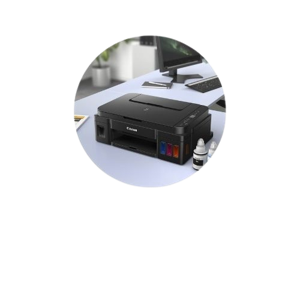
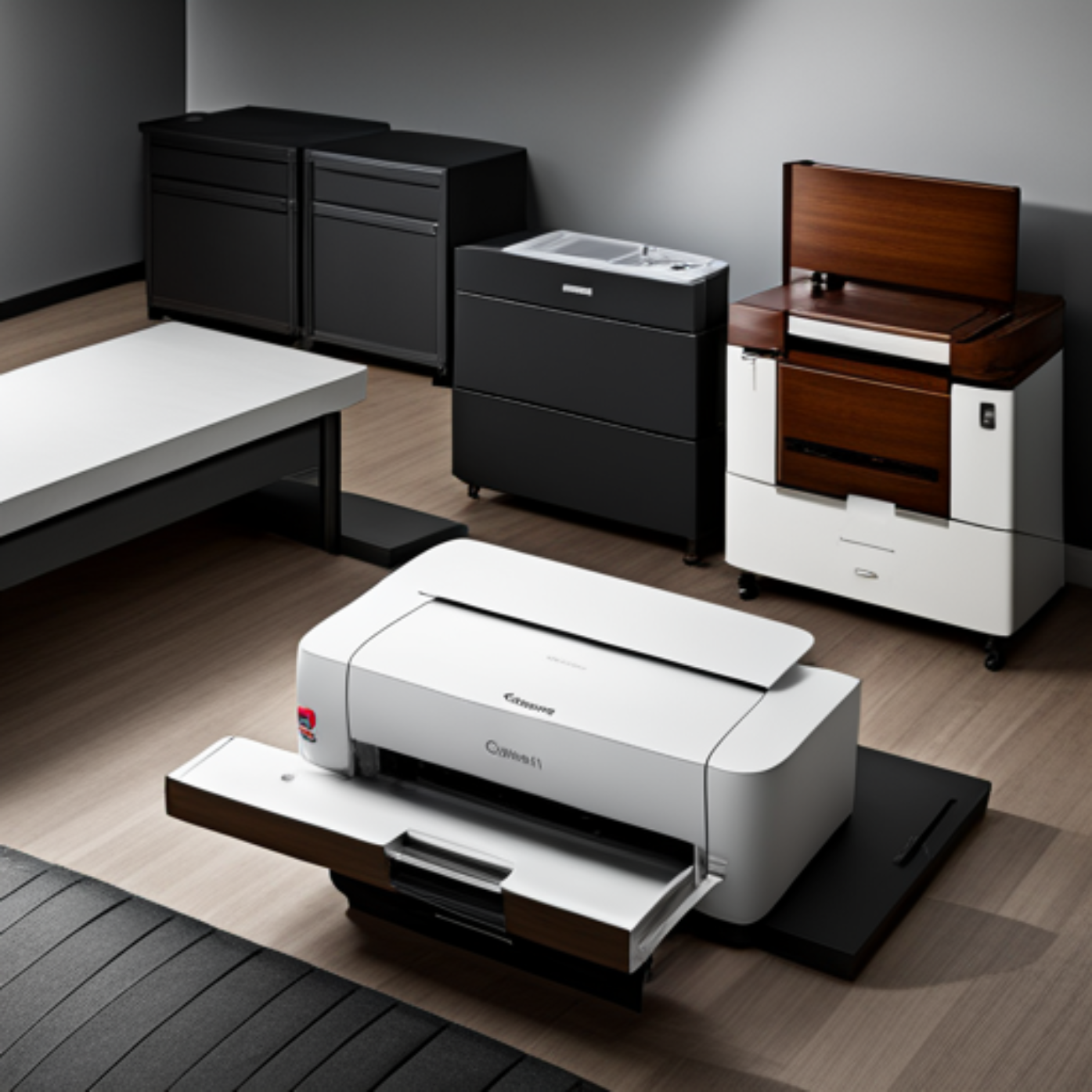
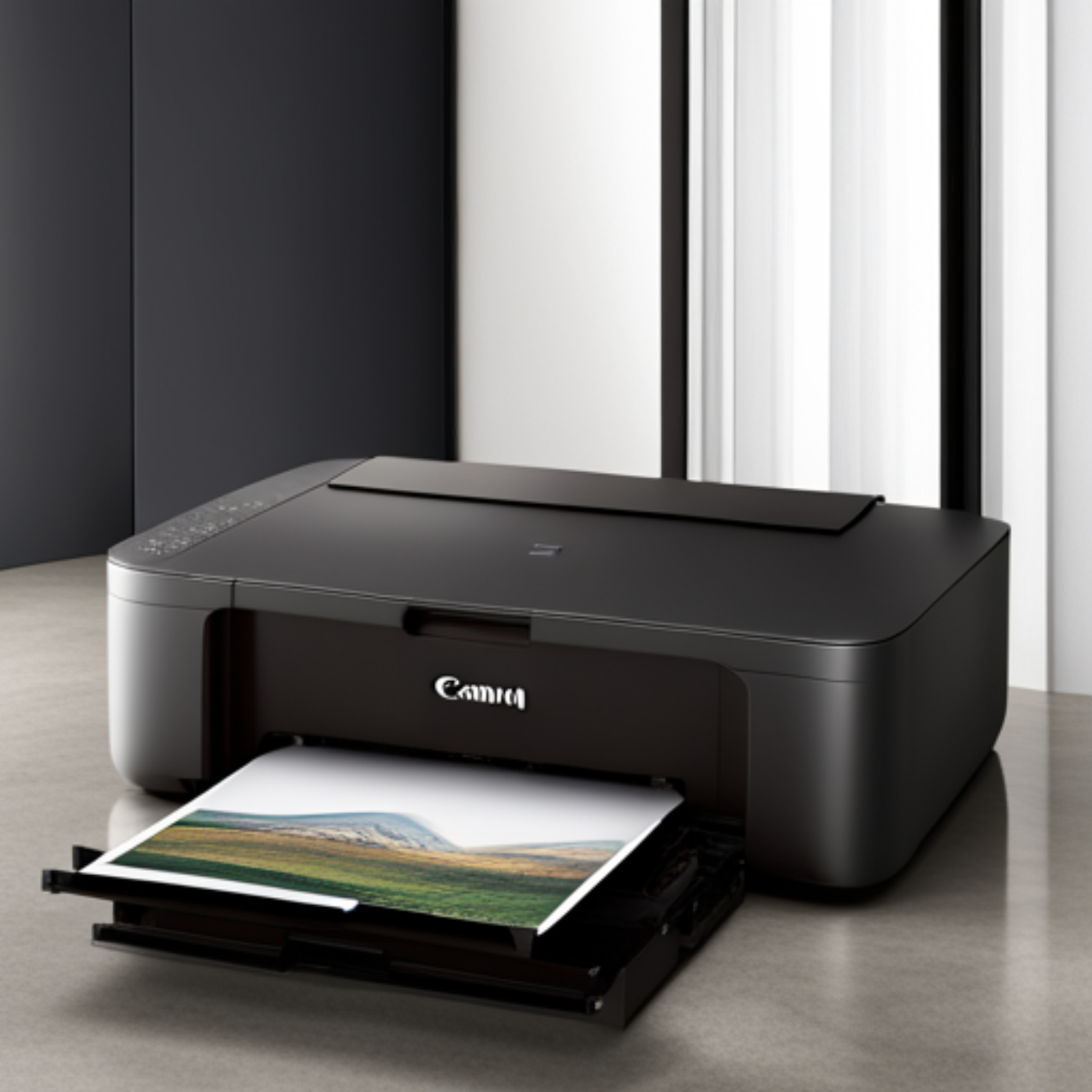
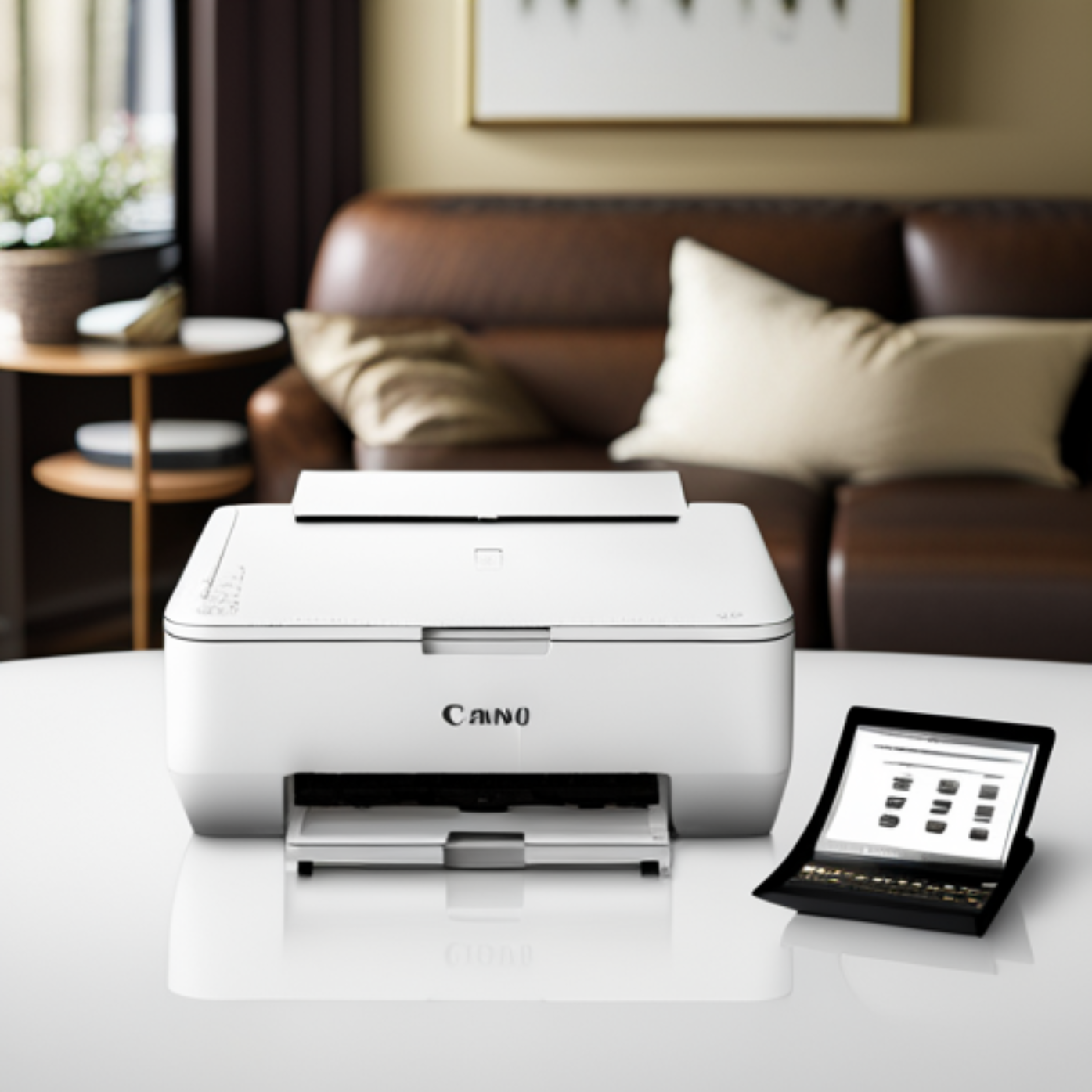



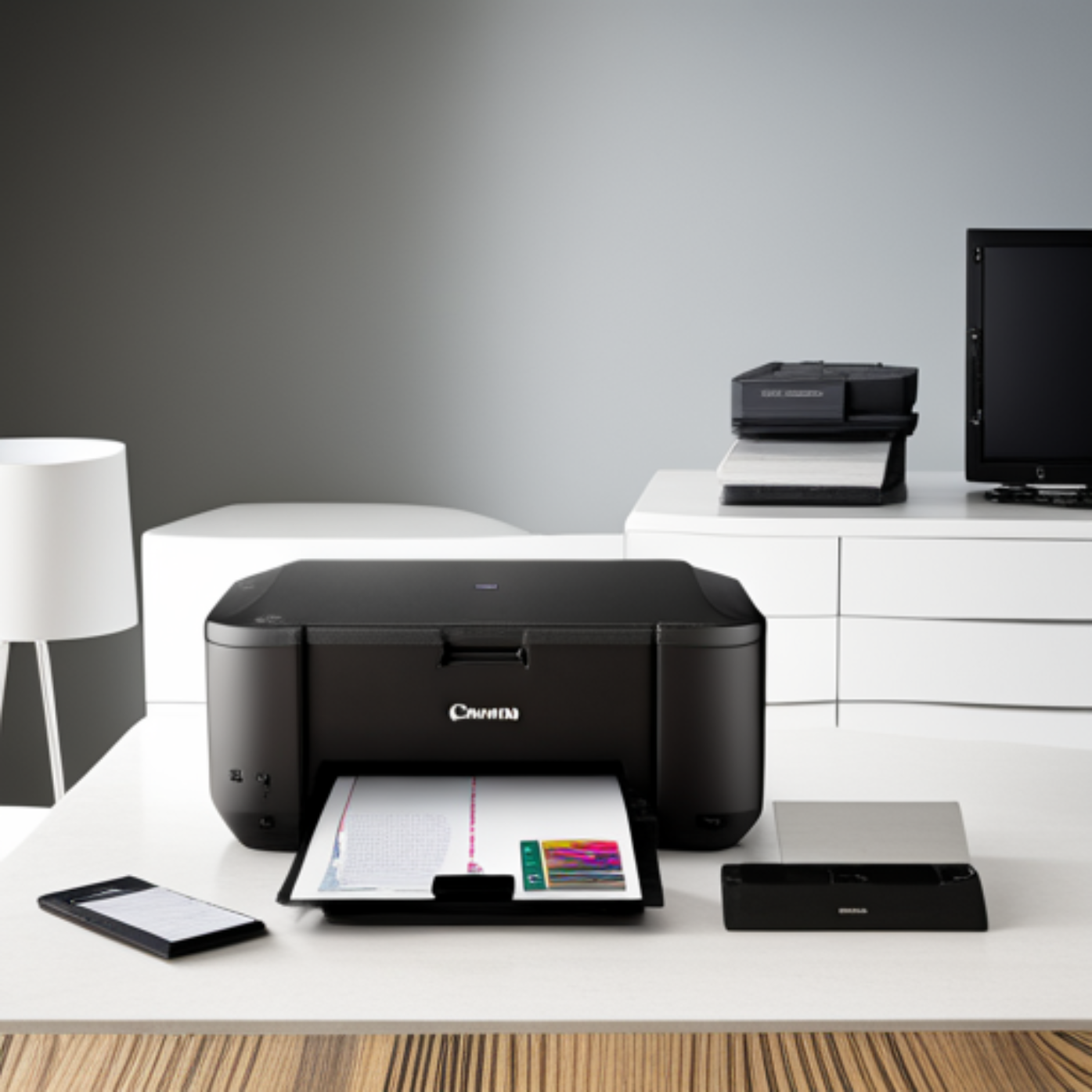

Write a comment ...